Here you’ll find the most complete guide to understanding tattoo styles, their origins as well as random curiosities. And to help you better understand how they differ for each other, there will be an hand-drawn Alpaca so you can spot what changes from style to style!
Styles Covered
Quick trivia
- Did you know the tattoos you generally see around the biceps of buff guy aren’t actual Tribal tattoos?
- That Anime tattoos have little to do with Japanese tattoos?
- Or that Lettering tattoos were used in prison camps?
Head on to discover everything you always wanted to know about styles.
Old School / Traditional
The kind of stuff you see on sailors
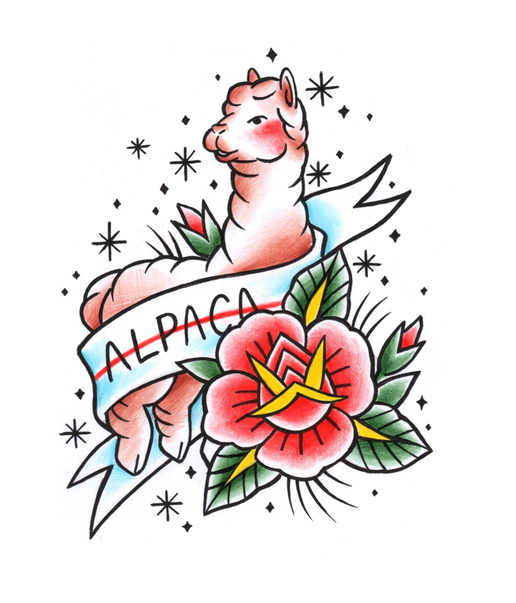
About
Also known as Traditional American, it derives from the sailors’ tattooing tradition which marked achievements at sea. For instance, tattooing a King Neptune meant you crossed the Equator. Another example is the Sparrow, which was earned for every 5,000 nautical miles traveled (which is roughly a quarter of the earth’s circumference).
This style encompasses the sailor’s traditions but isn’t defined by it. These tattoos mostly sought to preserve memories and mark achievements, resembling the Tribal styles in its genesis and purpose.
Origin
These tattoos became popular during the early 20th century alongside the development of the electric tattooing machines and flash walls (template drawings exposed on the walls of each parlor for clients to choose the design from).
The technological development allowed the wider public to access the tattooing tradition (mostly associated with sailors, circus freaks and indigenous tribes). With time, the general american audience started shaping this style with elements that were meaningful to the culture and, for this reason, the following elements repeated over and over again:
- Patriotic symbols (eagles, flags),
- Lucky charms (horseshoes, clovers)
- People (pin-up girls, sailors)
- Elements with their own symbolism (daggers, roses, dice).
Because there were limited amounts of tattoo options on flash walls (custom tattoos were not frequent back then) you probably have seen most of them.
With the development of parlors and techniques, the complexity of the images and the public perception of tattooing started evolving, giving birth to other styles such as New School, Neo traditional, Realism, amongst others.
Design
These tattoos originally had bold black outlines, 2D images, simple shading work and were limited to the colors available. Today, artists dedicated to Old School preserve the characteristics of this style including the original motifs, symbols, and color palettes.
Click here to see some artists who dominate this style.
Artists who excel in this style
Almagro Tattooer
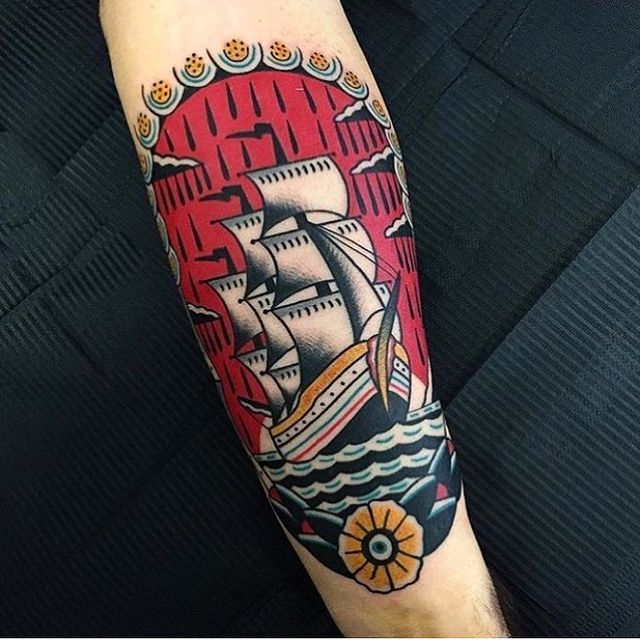
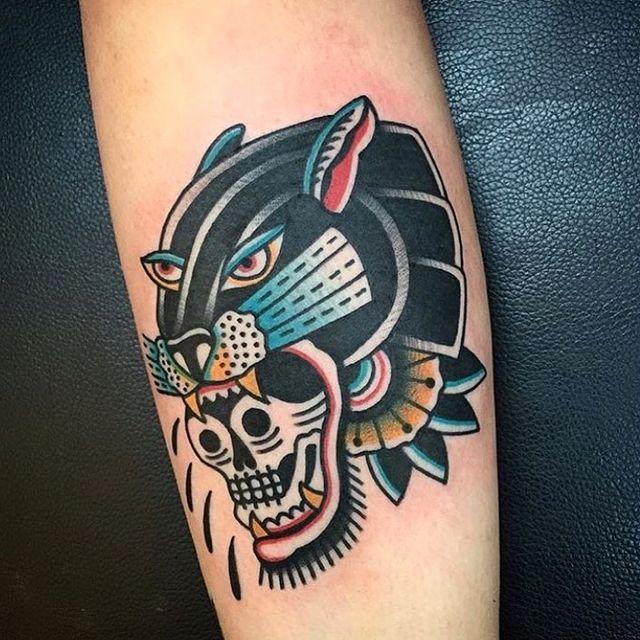
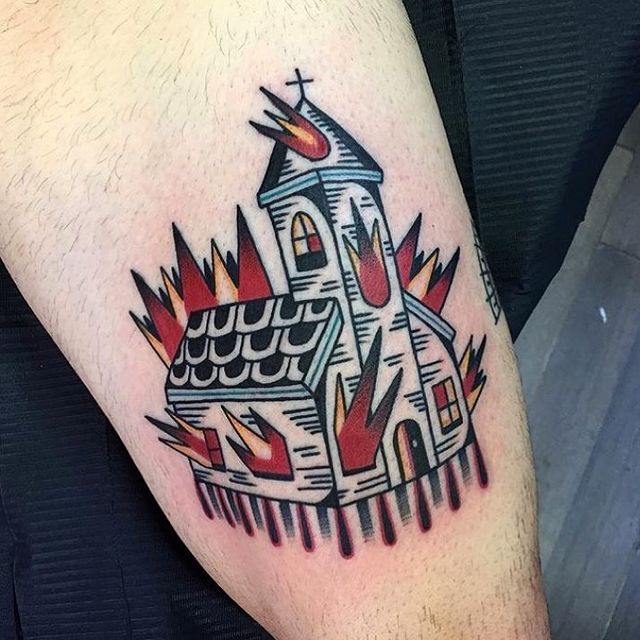
City: Nicosia, Cyprus
Instagram: @almagrotattooer
Bobby Marck
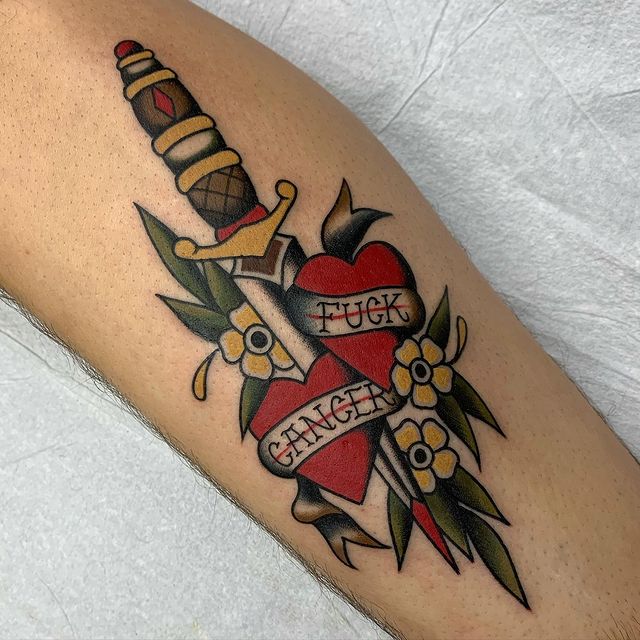


City: Houston, United States of America
Instagram: @bobbymackart
Debbie Jones



City: Swansea, United Kingdom
Instagram: @debbiejonestattoos
New School
Old school turned rebel
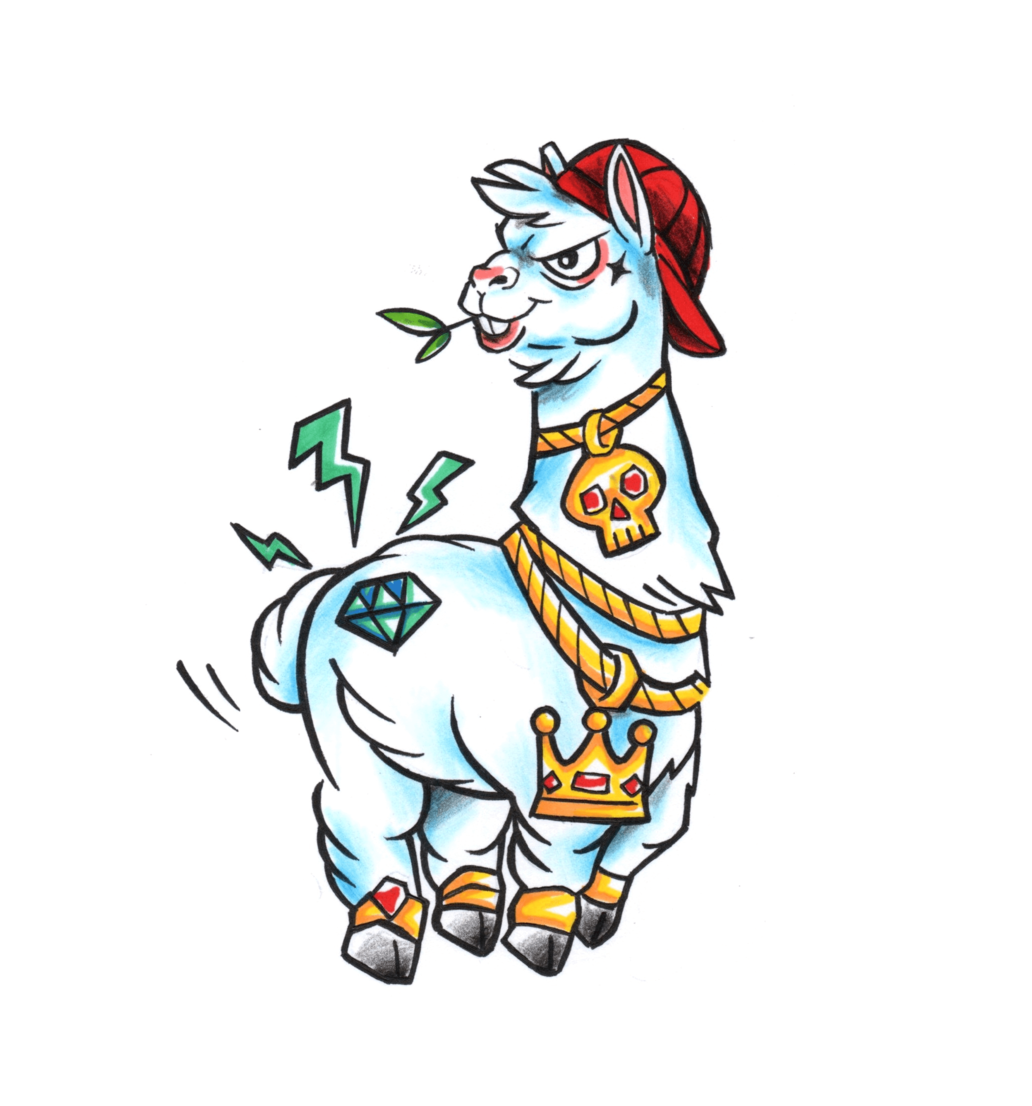
About
This style is like the rebel son of the Old School style. No longer bound by its limitations. No longer restricted by flash walls. By color palettes. By fear of experimenting.
New school is strongly inspired by graffiti art, cartoons, hip hop, and pop art.
Origin
It came about in the ’70s in a time when tattooers became more prone to sharing techniques and abandon the secrecy behind the art. Clients also wanted to be more involved in the process and influence the design. For these reasons, elements like shading, depth and 3D effects, not present in Old School, started to emerge.
Design
The tattoos are easily recognized by their vibrant colors, degradês, irreverent themes, and intentional disproportions. Generally, a cartoonish look is present, the customization is abundant and the theme is somewhat wild and creative.
Click here to see some artists who dominate this style.
Artists who excel in this style
Sin Prisas



City: Los Angeles, United States of America
Instagram: @sinprisass
Jackles Douglas
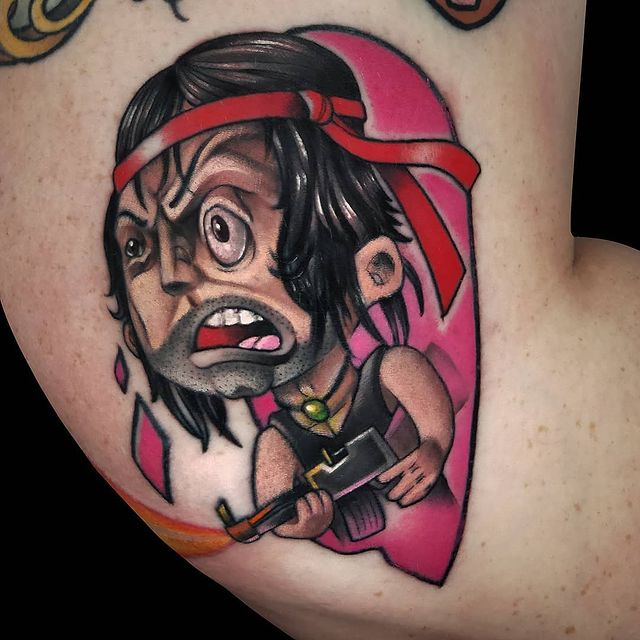


City: Melbourne Australia
Instagram: @jacklesdouglas
Pedro Vieira



City: Ponta Delgada, Portugal
Instagram: @bananaartfactory
Neo Traditional
Like old school, but with an art major
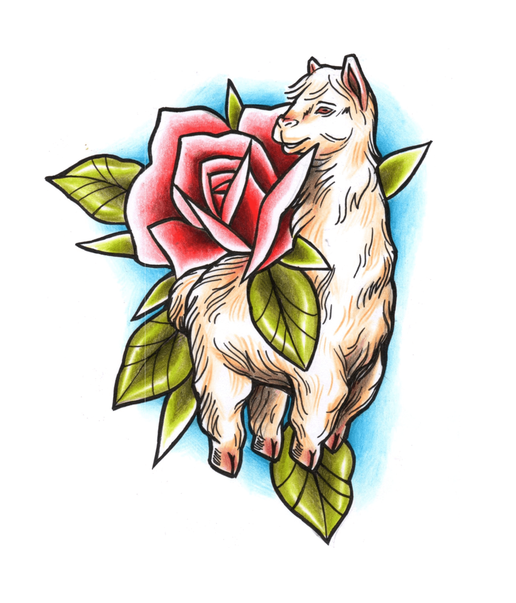
About
Also known as New Traditional, this style generally avoids bright and vibrant colors (present in New School) and focuses on more natural shapes and gradients. It recuperates some of the Old School imagery while incorporating new patriotic imaginarium, such as Native Americans, portraits and skulls.
The symbolism behind each tattoo has eroded and the focus is now on final aesthetics as well as the art of tattooing.
Origin
If Old School was the infant years of western tattoo tradition, then New School was the teenage years for the western tradition. So…where does the Neo Traditional fit in? We’ll, this style is like the grown-up version of New School. It abandoned its cartoonish looks for a more serious one. Dropped it’s disproportionate ways and adopted a more accurate depiction of the themes.
Neo Traditional started developing as a style of its own popular during the 80’s and 90’s and has only been increasing in popularity.
Design
Neo Traditional respects Old School’s technical ways. Back to the dark outlines, but cleaner. Back to using a limited range of colors, but using them more precisely. Back to 2D visuals, but with improved techniques.
What distinguishes this style from Illustrative is the inspiration behind it. Neo Traditional is strongly influenced by artistic movements of the early 20th century, such as Art Nouveau (strong curves, romanticized scenarios, and Japanese elements) and Art Deco (luxurious and filled with detail).
Far from being boring, this style resulted in a wider range of themes and symbols being used, imagery that’s loyal to the real world, smooth color transitions, beautiful compositions, and intricate details.
Click here to see some artists who dominate this style.
Artists who excel in this style
Daniels Bauti



City: Beverly Hills, United States of America
Instagram: @danielsbauti
Kike Esteras



City: Barcelona, Spain
Instagram: @kike.esteras
Jean Le Roux
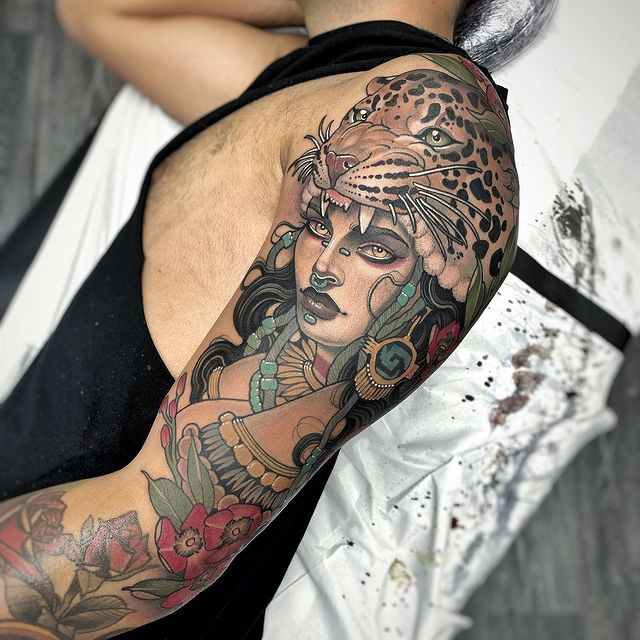
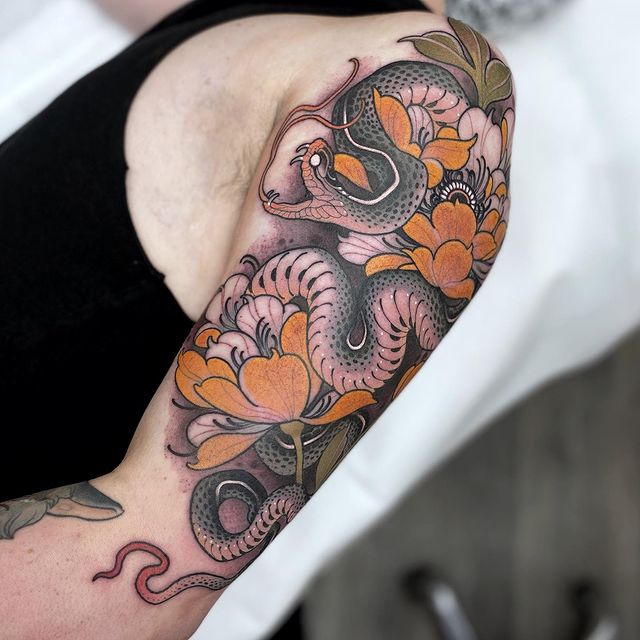
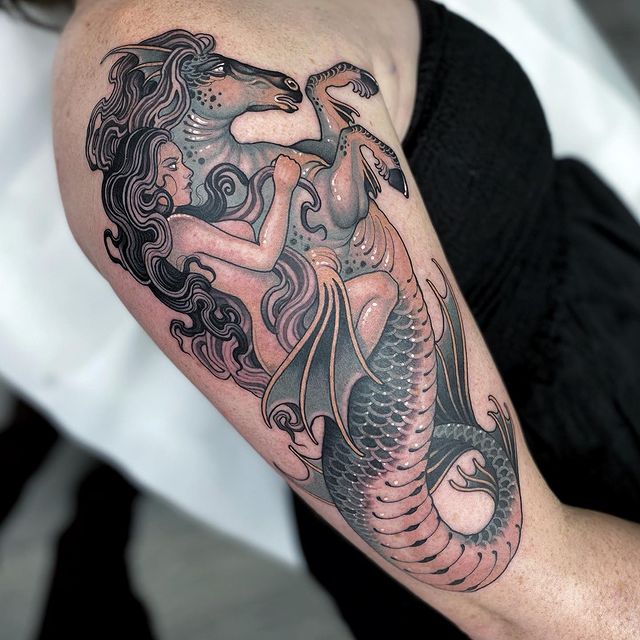
City: London, United Kingdom
Instagram: @jeanleroux
Tribal
Primitive tattoo art specific to a tribe
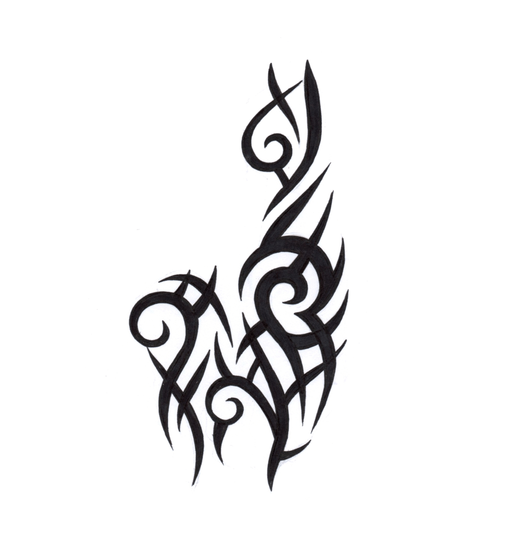
About
Tribal as a style encompasses several indigenous and primitive tattoo traditions.
Indigenous tribes would use symbols as a way to engrave the passing of rituals, to mark social status, to signal group belonging, wartime achievement and for spiritual and ceremonial reasons.
Today we can see the term being used interchangeably to describe several ancient tattoo art, such as:
- Maori face tattoos
- Aboriginal Dreamtime
- Mayan and Aztec deities
- Hawaiian kakau
- Samoan abstract animals
- Celtic crosses and knots
Origin
Humans have been getting inked since the dawn of civilization. Mummies, bones, tools and other vestiges of elements related to tattooing tradition have been found in places like Egypt, Tibet, Chile, Italy, Polynesia, India, Japan, North America, North Africa, Sub-saharan Africa and many other places. So, basically, the whole world. And most of these traditions of body modification developed isolated and independentl
Design
Due to the simplicity of the techniques and instruments (bone fragments or thorns), indigenous tribes followed simple patterns, geometric shapes, and repetitive figures. Most commonly, they draw symbols significant to the population, like the fauna and flora available in the region and natural elements such as mountains and rivers or the moon and the sun.
Today you can find many tattoos imitating ancient tribal art by reproducing the shapes, lines, and patterns. You know, the kind of tattoo that was popular in the 90’s, especially with gym dudes. Well, those are actually called New Tribal because they do not come from an indigenous tradition. That is, they do not hold and transmit meaning common to a group. Most people will still call them Tribal though. New Tribal mixes elements from several independent traditions and experiment with new patterns and shapes.
Click here to see some artists who dominate this style.
Artists who excel in this style
Tuigamala Andy
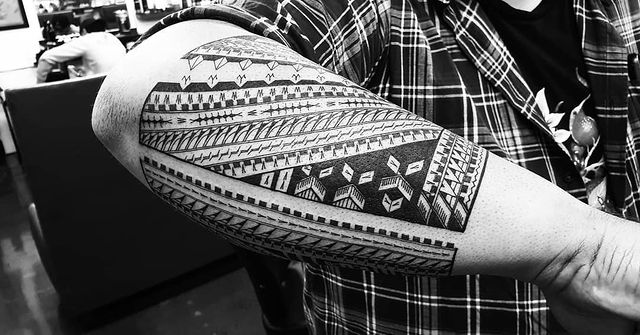


City: Wellington, New Zealand
Instagram: @taupoutatau_andy
Dmitrii Babakhin



City: Saint Petersburg, Russia
Instagram: @babakhintatau
Mister Cleantat


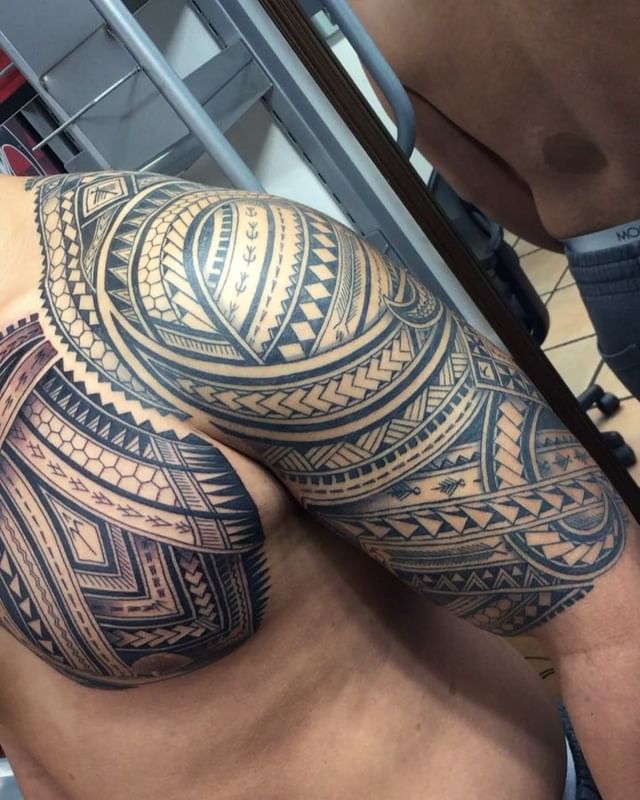
City: Honolulu, United States of America
Instagram: @mistercleantat2
Blackwork
When the west picked up form tribal tradition
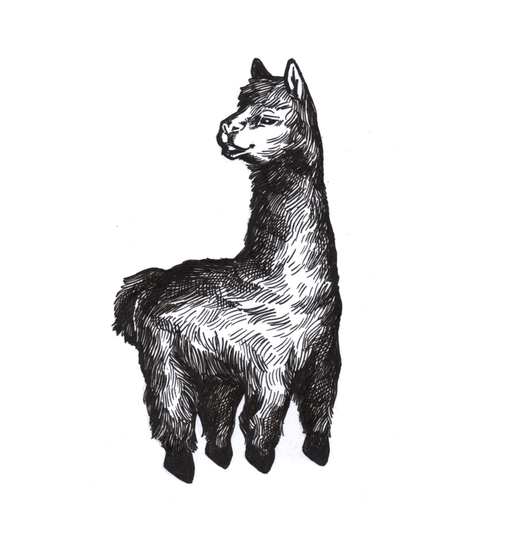
About
Blackwork derives from the Tribal tradition. It’s characterised by the sole use of black ink and is one of the most common styles around.
Origin
The transition from Tribal to Blackwork happened when tattoos become widespread in the west and were dissociated fromt their Tribal roots. The tattoos no longer needed to follow a specific tradition (like Polynesian or Maori), nor marked transitions and achievements. The spiritual side of the process was abandoned in favor of aesthetics and design.
This was a natural process and the lack of attachment to the traditions allowed individuals to determine their own designs and draw their own meanings. With this, tattooing wasn’t anymore a form of communicating with others but a tool for self-expression.
Design
This style has been constantly morphing. It evolved from simpler patterns (what most people associate with Tribal tattoos) to unique and complex tattoo designs (what people associate to geometric blackworks). Nowadays, Blackworks, define all tattoos that make use of only black ink (no shades of grey). You can find it to express anything, from geometric shapes mixed with animals, to full body parts painted black.
It’s important to understand the distinction between Blackwork and Black & Grey tattoos: blackworks are made using solely the color black and empty space (much like you’d see on a Tribal tattoo), while the black & grey is created using black ink and several shades of grey made via grey washing (diluting black ink in a fluid such as distilled water).
You’ll frequently find Blackworks mixed with other styles, such as Dotwork or Geometric, as this helps creating a more complex and pleasing aesthetic experience.
Artists who excel in this style
ROXX
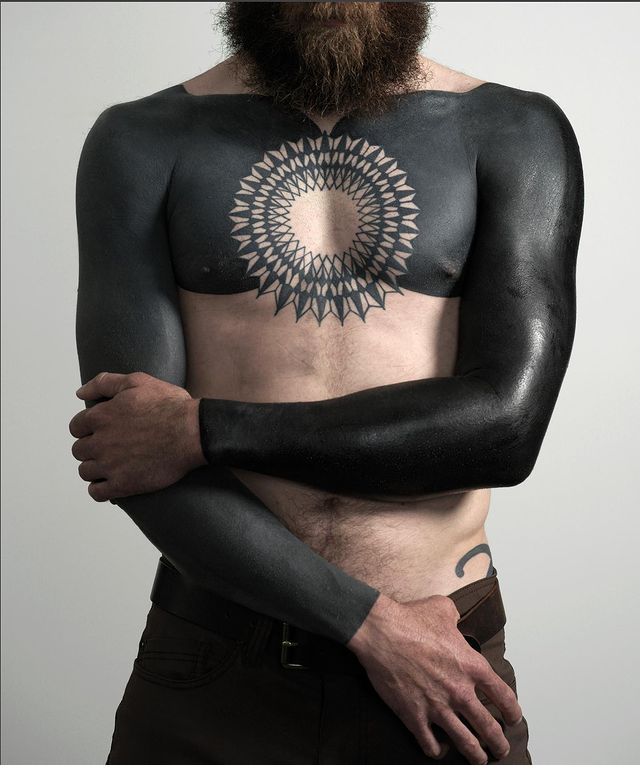


City: San Francisco, United States of America
Instagram: @roxx_____
Ignacio
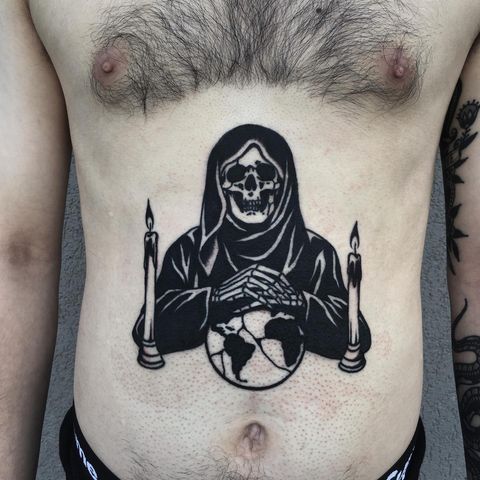
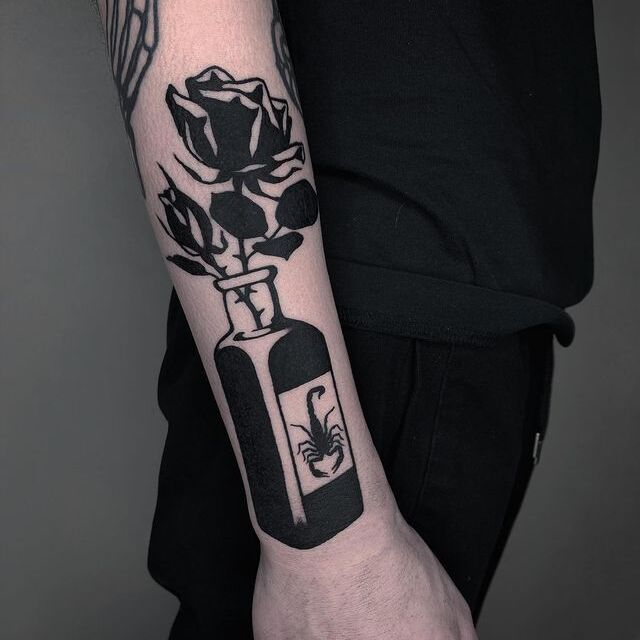
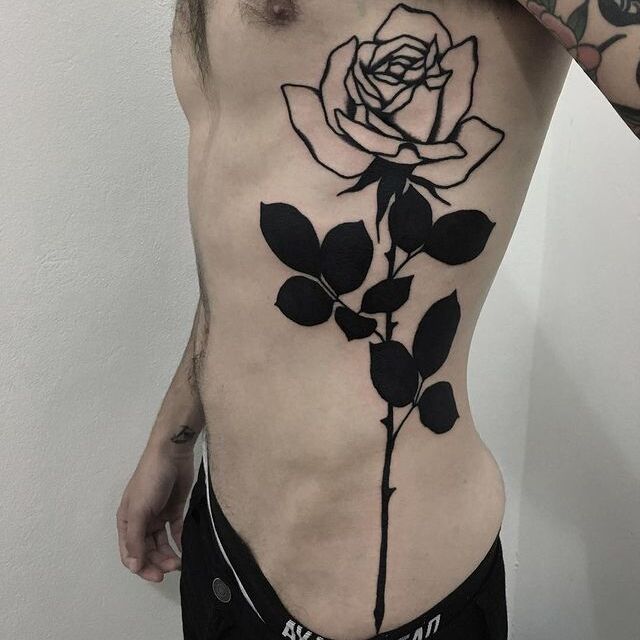
City: Rome, Buenos Aires, Argentina
Instagram: @ignacio.ttd
Endurance Pastel



City: Brussels, Belgium
Instagram: @endurance_pastel
Dotwork
Several dots put together to create an artwork
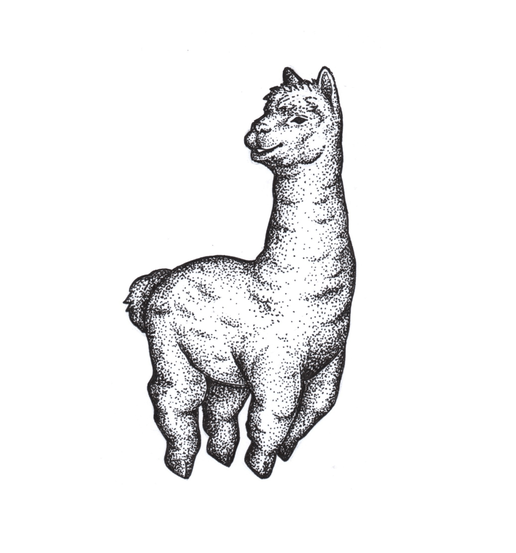
About
In practical terms, all tattoos are a set of dots, inked with pigments that, together, create a bigger picture. So what makes Dotwork a style of its own? Simple: the artist’s ability to harmoniously use dots of different sizes to create sensations of depth, contrast, and continuity.
This is done by coordinating quantity, distance, position and the size of the dots per opposition to the traditional needle strokes (used to create solid areas or lines).
Origin
Focusing solely on the use of black and grey ink, this style became popular during the ’90s and was inspired by post-impressionist techniques such as Pointillism.
This style should not be confused with handpoke, which refers to the technique used to create the tattoo. A dotwork can be made using electric tattooing machines as well as handpoke technique.
Design
The most common features of this style are symmetric patterns, 3D effects and the use of negative space (through the absence of dots). In any dotwork, a random dot’s presence is irrelevant per se, but all the small contributions produce the essence of this artwork.
Virtually any style can be used alongside dotwork, thought illustrations and blackwork are the most common ones. Almost all dotwork is made using solely the color black.
Artists who excel in this style
K A T Y H A V K



City: Ribeirão Pires, Brasil
Instagram: @katyhavk
Doctor Woo



City: Arzachena, Italy
Instagram: @_dr_woo_
Tommy



City: Toronto, Canada
Instagram: @tommy_oh
Geometric
The beauty of mathematics
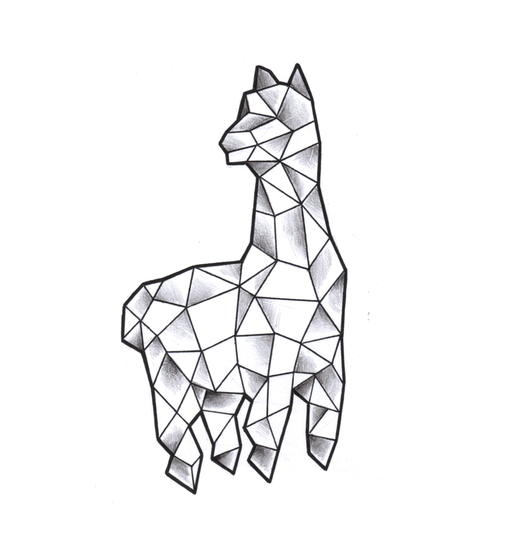
About
Think of this style as tribal on math….And I really mean math, from mathematics. This is the power of geometry being used to create a visually appealing whole. You can have rectangles, lines, fractals, small crosses… anything goes as long as they contribute to the creation of something bigger.
Geometry can also be used to depict sacred motifs or to represent philosophical concepts. This connection to the transcendental, as well as the ordinary, make this style a primordial choice for those who seek to connect with the metaphysical and spiritual aspects of the tattooing experience.
Origin
Although you can see examples of depictions of geometric patterns in tribal traditions, Geometric, as a style of its own, is very recent, becoming popular in the 21st century.
For a long time Geometry was an element of tattoos and as it evolved, artists started calling those tattoos geometric blackwork. Nowadays you can find Geometric works with colors due to being frequently mixed with other styles of tattooing, contributing to its present richer range of art forms.
Design
In this style, you can have repeating patterns. Or not. You can have symmetry. Or not. You can have real objects and figures. Or not. And the reason for this is that anything can be reduced into its basic geometrical shape – it’s building blocks.
Some examples are illustrations “trapped” inside geometric figures. Or illustrations divided into half realistic and half geometric piece.
Click here to see some artists who dominate this style
Artists who excel in this style
o k a n u c k u n

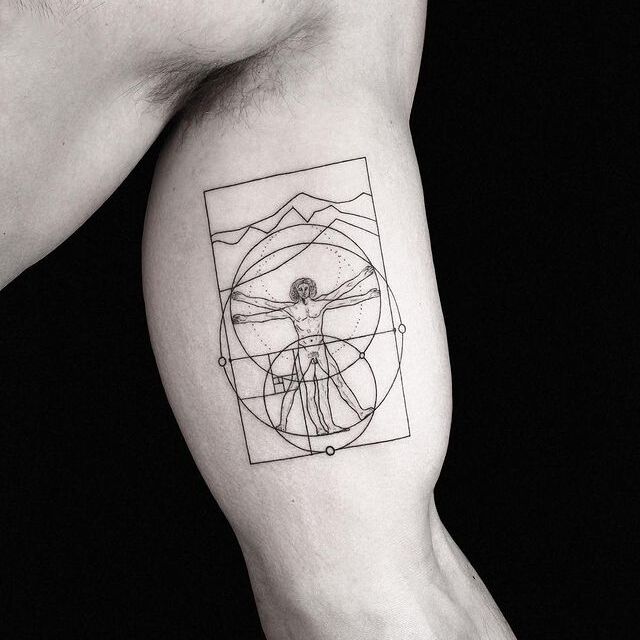

City: New York City, USA
Instagram: @okanuckun
Rapha Lopes
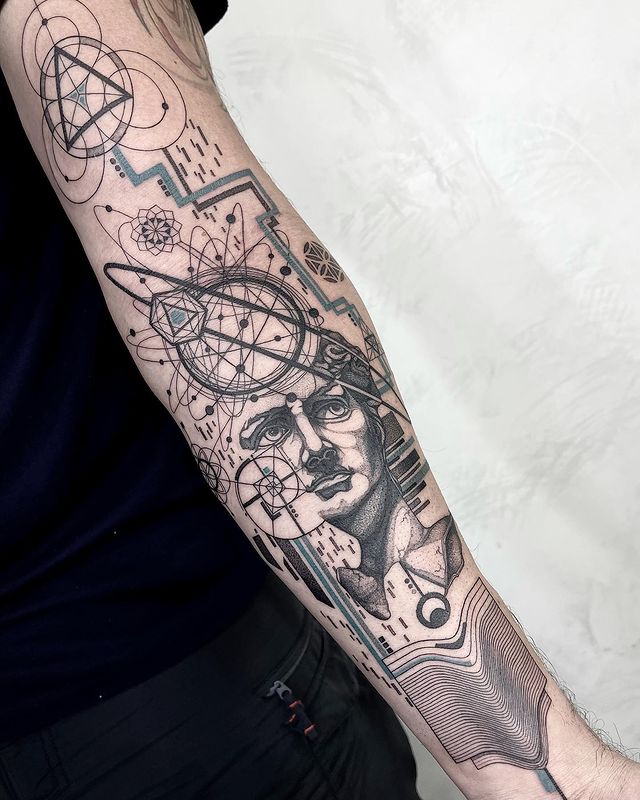
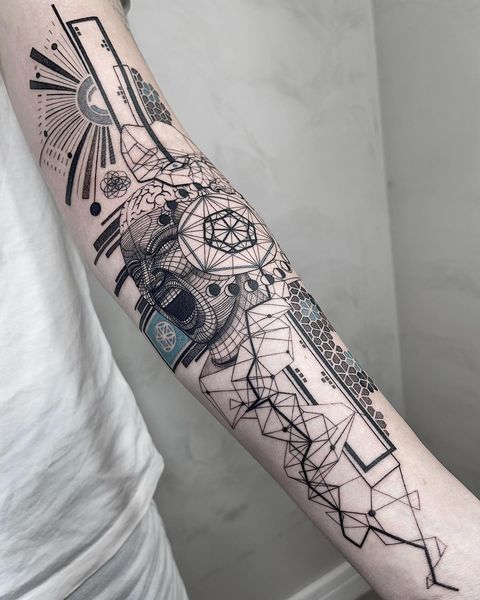
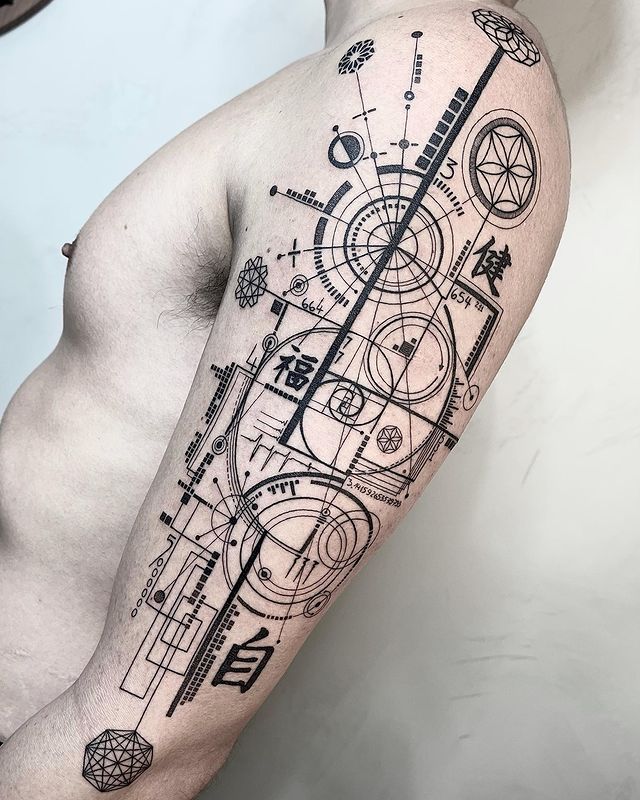
City: Rio de Janeiro, Brazil
Instagram:@raphafons
•DES•THEX•

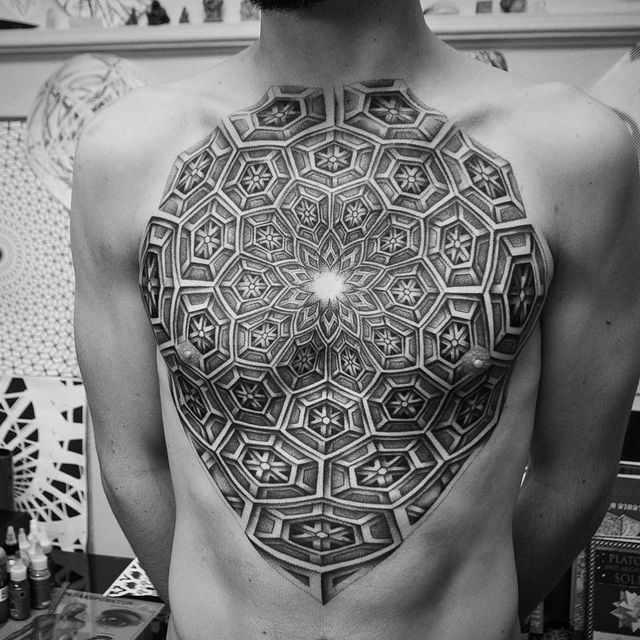
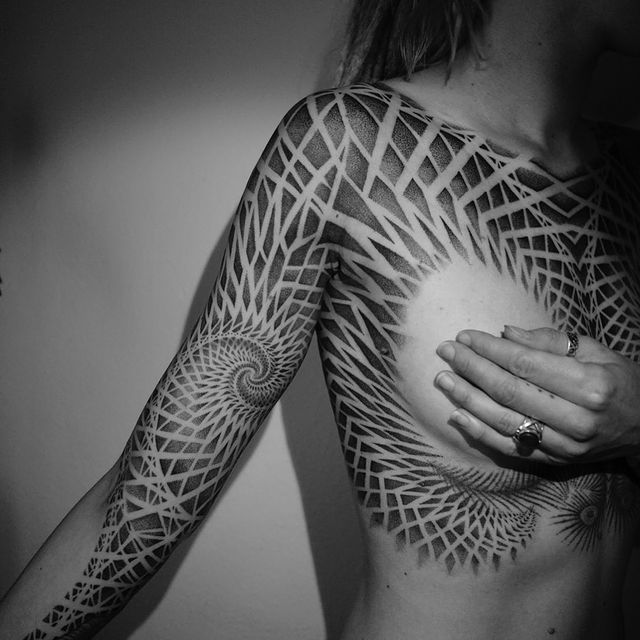
City: Berlin, Germany
Instagram: @desthex_tattoos
Illustrative
Draws from really but doesn’t want to be realistic
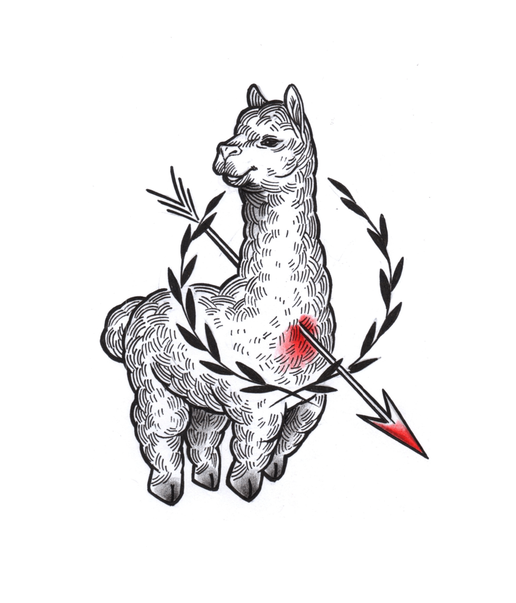
About
Labeling a tattoo as illustrative isn’t too hard:
- If it could easily fit into a children’s book, it’s probably Illustrative.
- If it’s 2D and colorful, it’s probably Illustrative.
- If you draw it on paper and asked your tattooist to ink it, it’s probably Illustrative.
Design
This style isn’t defined by its shapes, symbols or colors, but rather by the feelings transmitted. And to create these feelings, artists generally reduce the shading detail and limit the color gradients. They stick with 2-dimensional drawing and define the boundaries with solid black outlines.
Much like American traditional, you’ll most often find concrete elements (figures, animals, plants). The main difference is that these elements are either a loyal reproduction of an original drawing (from TV, books, fantasy) or are an artwork shaped by the artist’s own style and imagination.
Click here to see some artists who dominate this style.
Artists who excel in this style
Dima Hazipov



City: Odesa, Ukraine
Instagram: @dzo_lama
Hill (飛行山丘)
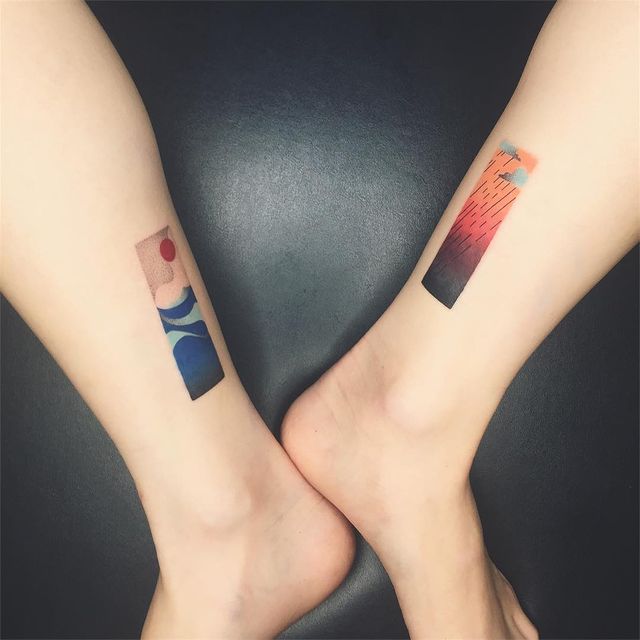
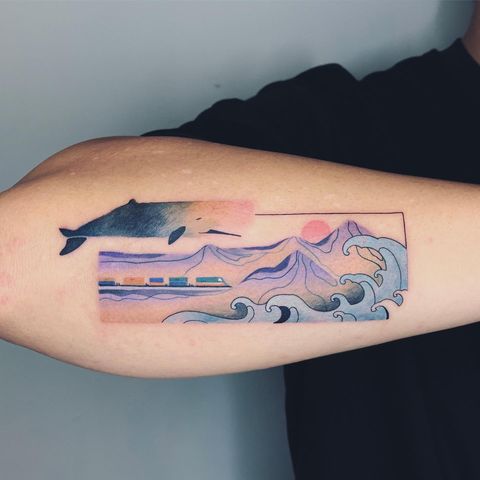
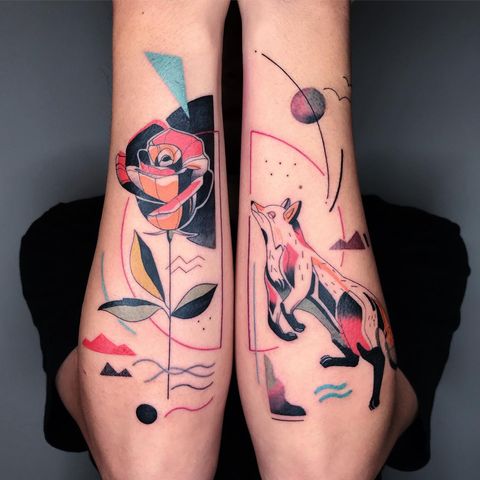
City: Taipei, Taiwan
Instagram: @hill_tattoo
Rachel Baldwin



City: Liverpool, United Kingdom
Instagram: @rachelbaldwintattoo
Sketch
Love for the creation process
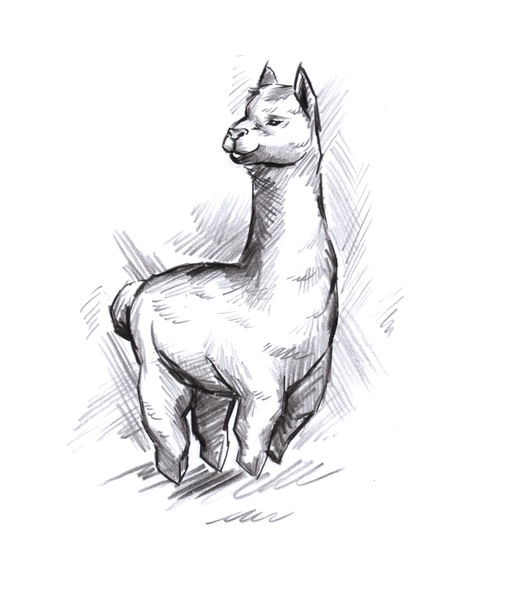
About
Mostly used to depict animals, plants, and landscapes, it easily embeds emotional charge and sensations of movement.
Unlike minimalist style, it can depict several objects and present complexity and repetition of the lines.
Design
Mimicking hand-drawn features, this style has overlapping lines, incomplete strokes, and elements that do not fully close. The shading work is bold and rough and some parts of the drawing are just negative space. These elements create contrast and contribute to the style’s goal of not being perceived as perfect, but instead a natural process of creation.
When color is present, usually a softer gradient is used to preserve the sketchy features.
Click here to see some artists who dominate this style.
Artists who excel in this style
Vince Tatwo

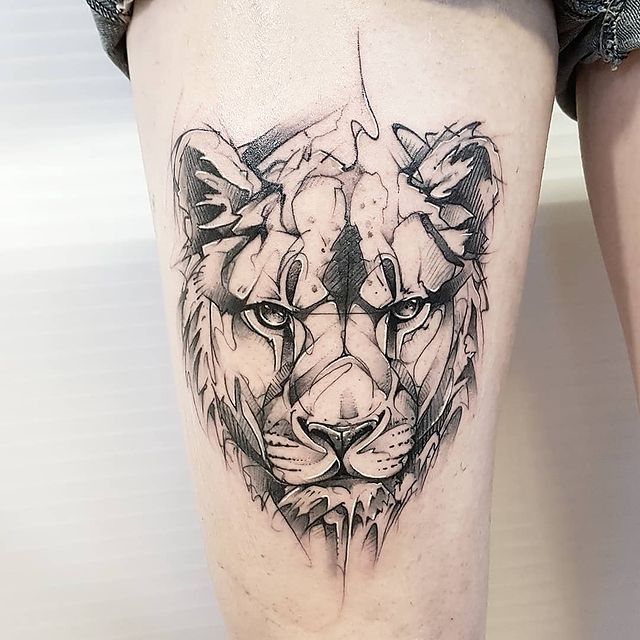

City: Montpellier, France
Instagram: @vince_tatwo
Stan Plaga



City: Cancún, Mexico
Instagram: @s.leeray
Laurita



City: Palermo, Italy
Instagram: @lauritasharpz_tattoo
Watercolor
If ink on the skin behaved like watercolor on a canvas
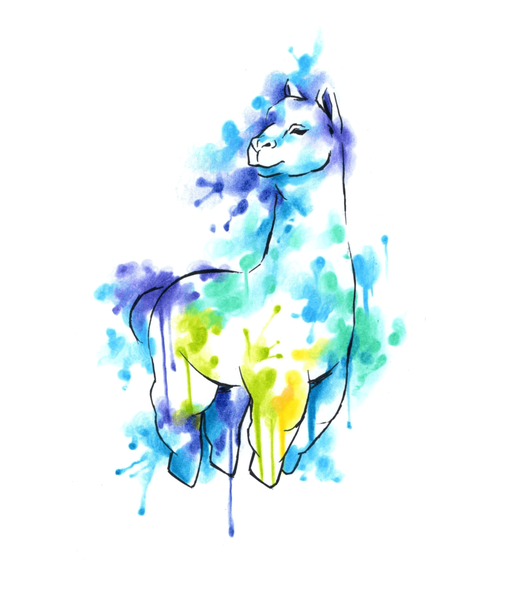
About
One of the fastest-growing styles, it mixes the aesthetics of traditional watercolor paintings with tattooing mastery. Being relatively new, many people still think these tattoos are made with a different technique from traditional tattoos. They are not. They just require the proper technique.
Design
This style is characterized by vivid colors that spread throughout the skin as if ink was spilled on a canvas. The colors can be used alongside a figure structured with black outlines and frequently the color spills over through this main image.
Despite the colors being the main attraction, it’s the work between shading and contrast that give this style it’s essence. The way the colors change gradient, flow through space and cross black lines, almost as if by mistakes, makes us forget that it was made with a needle and not a brush.
Natural elements such as animals, plants, trees, and people are frequently present. Although not as common, you can also find abstract watercolor tattoos and mixes with other styles, such as surrealism or anime.
Click here to see some artists who dominate this style.
Artists who excel in this style
Koray Karagozler



City: Antalya, Turkey
Instagram: @koray_karagozler
Victor Martins



City: Lisbon, Portugal
Instagram: @jvtattoo
Adrian Bascur
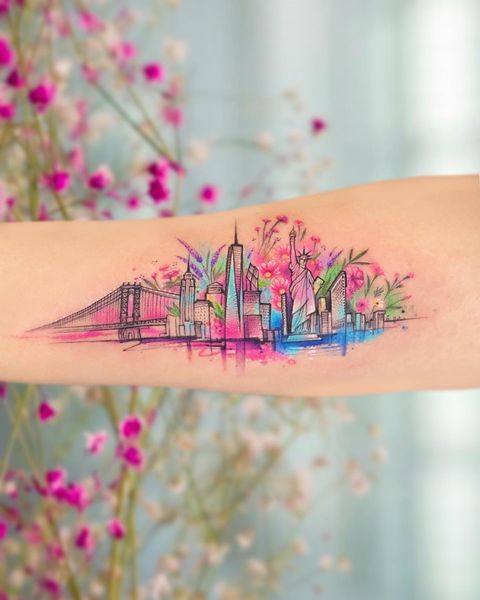


City: Viña del Mar, Chile
Instagram: @adrianbascur
Japanese
Traditional Japanese, not just Yakuza style, not anime.
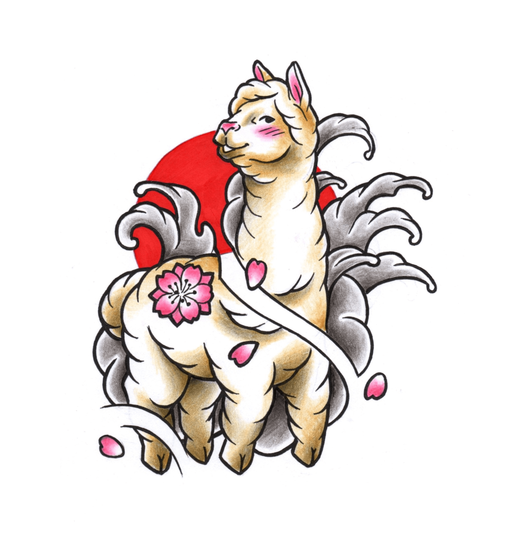
About
Also known as Irezumi, it was born as a way to erase penal tattoos – markings on the body of criminals that would make them easily recognizable. Although penal tattooing died back in the 17th century, it gave rise to decorative tattooing in Japan.
Origin
This style evolved with a mystic of criminality, mafia and dangerousness associated with it and, for this reason, getting tattooed was forbidden in Japan for a long time.
Irezumi as we know it, took off in Japan in 1827 when paintings and woodblock prints from Utagawa Kunioshy, known as the precursor of the manga, become vastly popular. Some of Utagawa’s works featured criminals and outlaws covered in tattoos that spread throughout the back and arms, which increased the popularity of the style among the general public.
Among criminals, these tattoos were used as a rite of initiation and a sign of committed to the group.
Despite being outlawed up until 1948 and being strongly associated with the Yakuza, this style has kept it’s traditional looks. The only major shift is that, unlike traditional Irezumi, the tattoo’s design is now more and more influenced by the clients instead of left to the artist.
Design
Following Utugawa’s style, most Japanese tattoos are two dimensional, as if printed on fabric, with strong colors and curvy lines.
The body is treated as a canvas with little to no empty space in the tattooed body part. The pieces have a central theme, which can including heroes, myths, scenic battles, samurais, monsters or dragons and, around the main theme, secondary motifs can be found, like flowers and koi fish or natural elements, like waves and clouds.
These tattoos can take long periods to become completed and turn very expensive.
Click here to see some artists who dominate this style.
Artists who excel in this style
Adrenalink
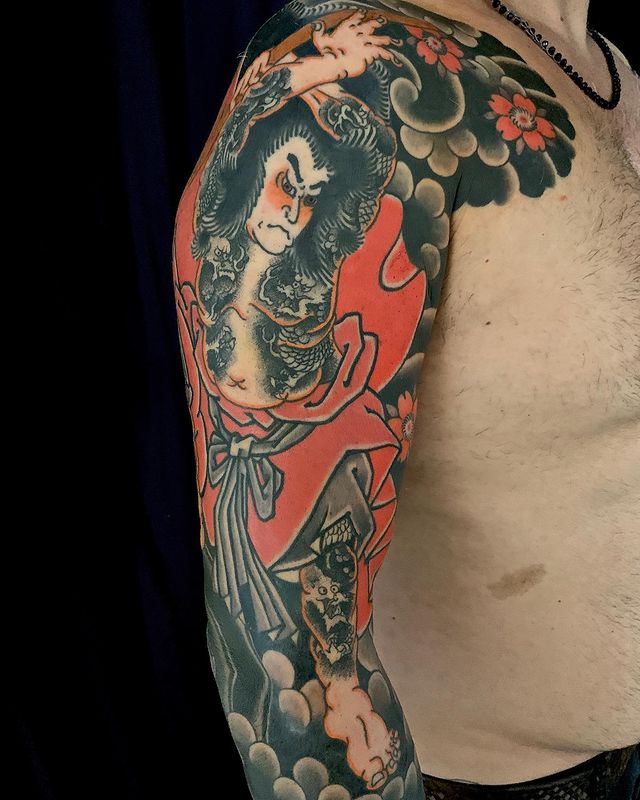
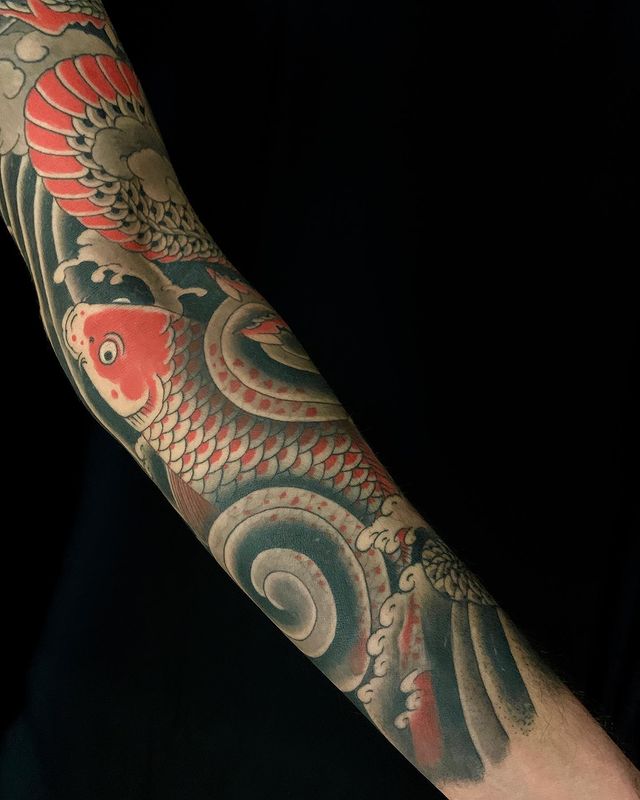
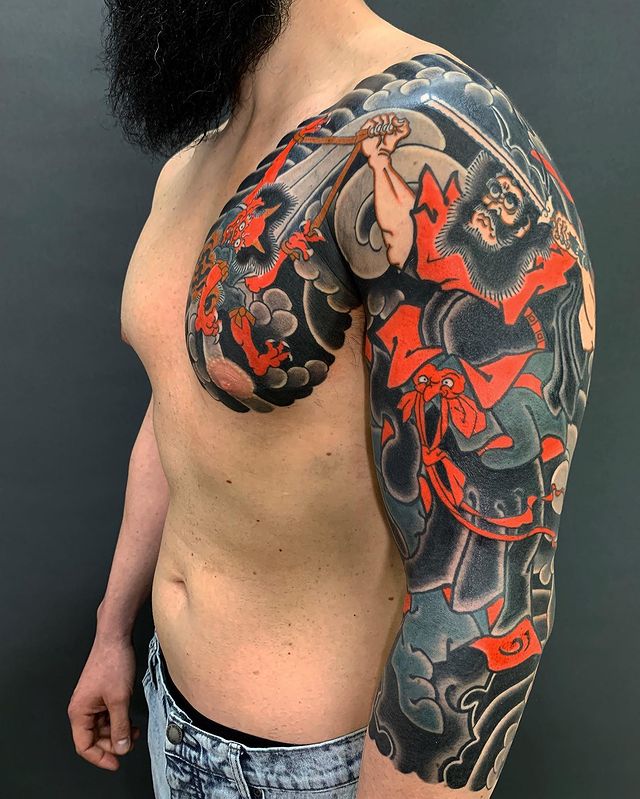
City: Venice, Italy
Instagram: @adrenalink
Ryan Ussher



City: Sydney, Australia
Instagram: @ryanussher
Mathias Bugo
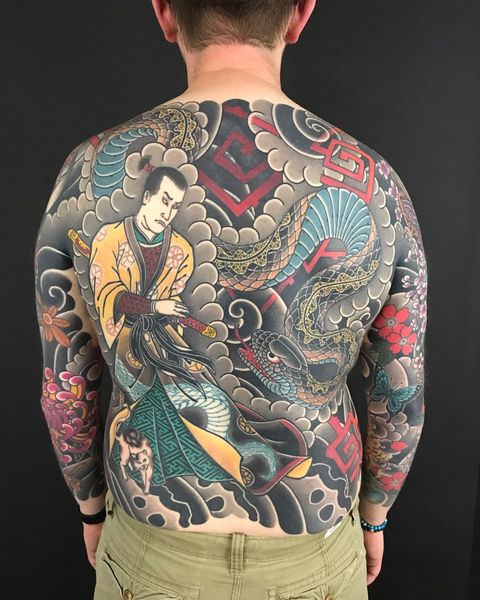
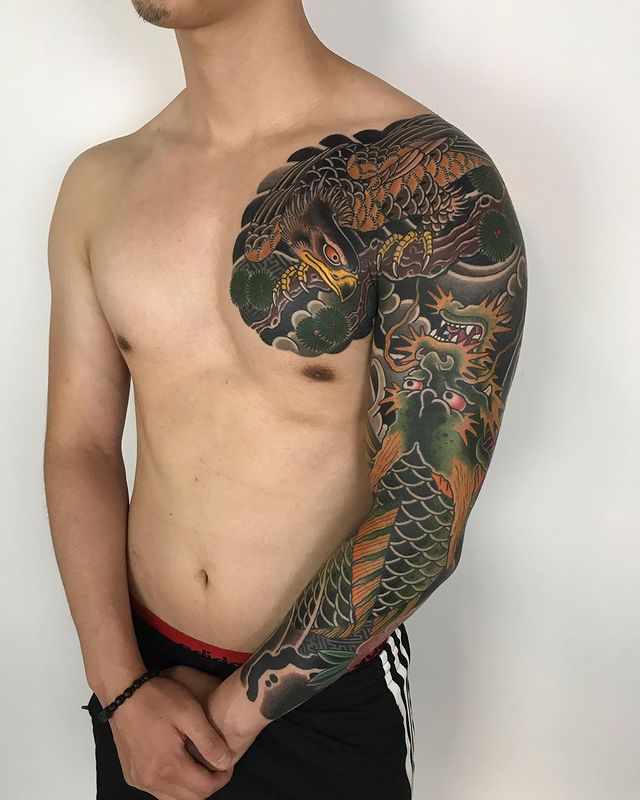
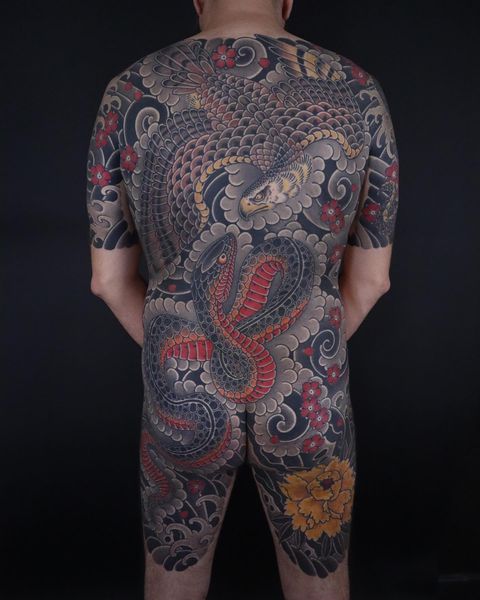
City: Lyon, France
Instagram: @mathiasbugottt
Anime
Manga and anime characters
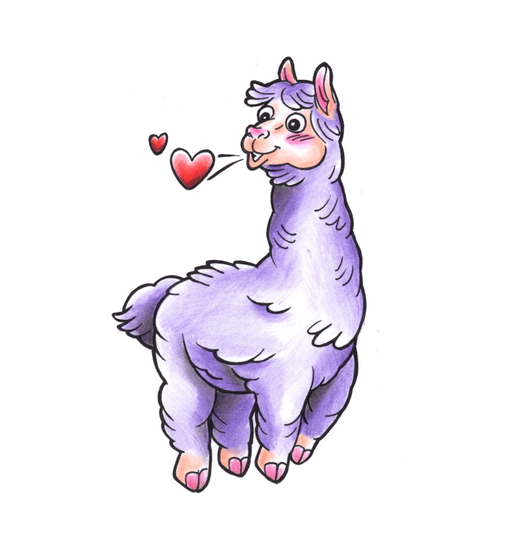
About
Sometimes called Cartoon, this style gives life to characters and memories from manga, cartoons, video games, and animations.
They are usually tattooed by fans of the genre who want to materialize their love for certain characters and shows.
These works preserve nostalgic feelings, childhood memories or impactful moments from the shows such as:
- Dragon ball
- Naruto
- Death Note
- Sailor Moon
- My Neighbour Totoro
Although Anime tattoos can depict Japanese manga, this style should not be confused with the traditional Japanese tattooing style (which, interestingly enough, saw its popularity rise due to early manga piece in the 19th century).
Design
When doing anime tattoos, artists generally reproduce the original character’s style, respecting proportions and colors. This results in vivid and colorful pieces with defined lines.
These tattoos can also be drawn from the original character but include a more complex composition, which is generally achieved by medling with other styles, such as blackwork, new school or even trash polka.
Click here to see some artists who dominate this style.
Artists who excel in this style
Devan Vankirk



City: Crystal Lake, Illinois, United States
Instagram: @devanv_tattoos
Lucas Leão



City: Nova Iguaçu, Brazil
Instagram: @lucasleaotattoo
BlackMoon
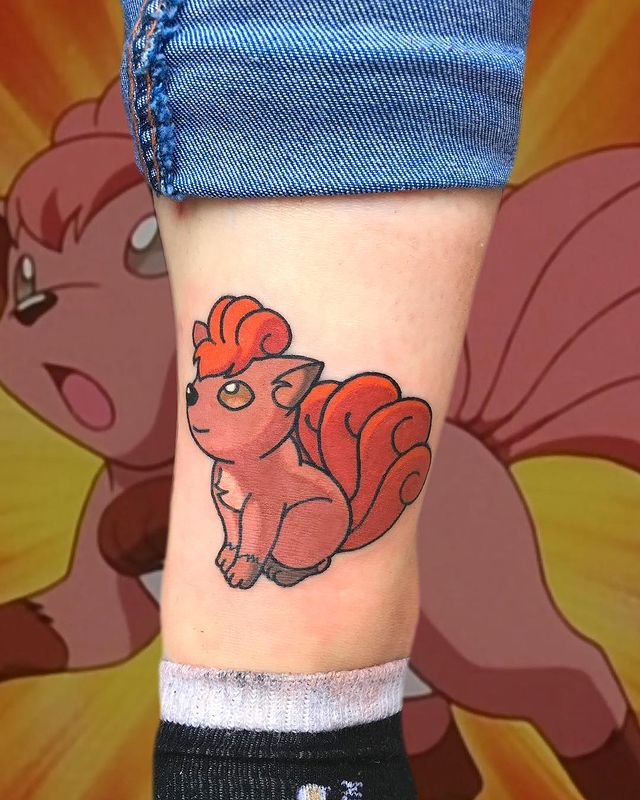
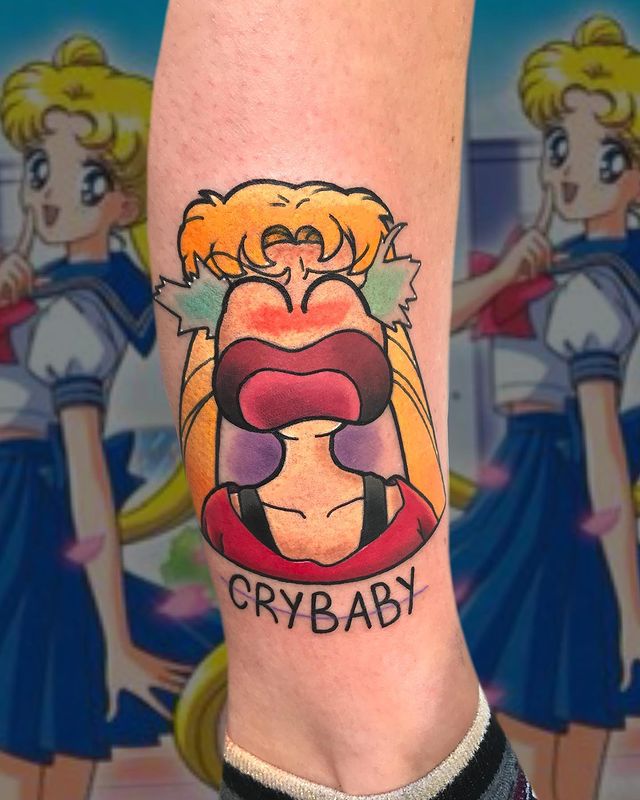
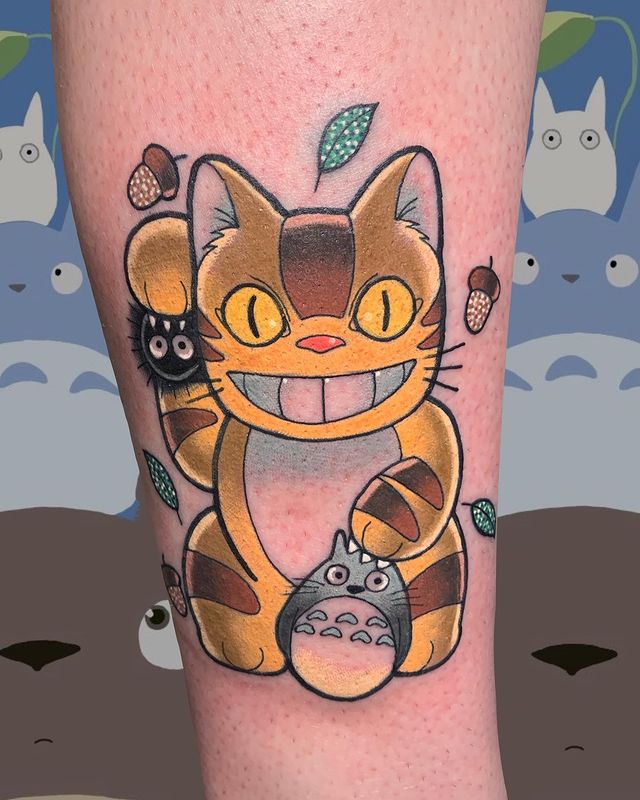
City: Wuppertal, Germany
Instagram: @xblackmoontattoox
Lettering
Words, just like these
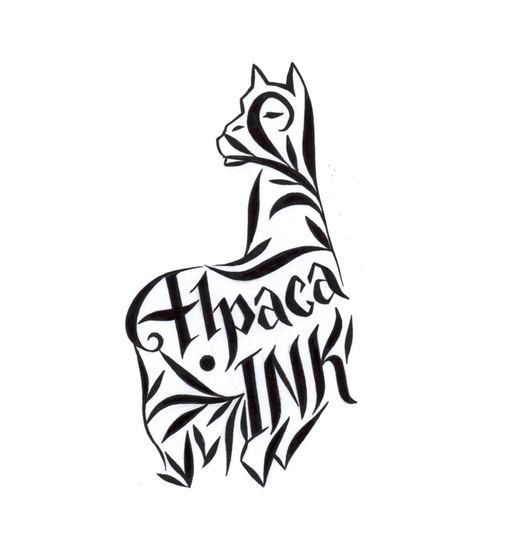
About
This is one of the most common styles, and encapsulates several types of tattoos, as it refers to the writing content of any tattoo. Whether using Latin letters, Arabic alphabet, Cyrillic or Kanji, this style is characterized by the communication of written meaning. Therefore, you can see all kinds of numbers, words, and symbols made with virtually all types of fonts.
Origin
This is one of the oldest modern tattoo styles and has been once use in all sorts of ways. Sailors used Lettering to mark important dates. Soldiers, like the Wafen-SS, used them to mark their blood group…and also to catalog prisoners in prison camps. And today people use it to alert for diseases and conditions that may be important for a stranger to know, such as Type 1 Diabetes (which in case of an accident can be used to identify the condition and avoid administering the wrong kind of medication).
The most common use nowadays is to preserve memories of dates, mottos, excerpts from poems, romances and holy scriptures and create homages to loved ones.
Design
For professionals, the challenge centers around typography – originality of the font, consistency of the lettering and composition.
The content is almost always chosen by the client and follows a style (font, serif, size, etc.) agreed with the artist. And yes, there are Comic Sans tattoos out there. And no, I won’t link to them.
Click here to see some artists who dominate this style.
Artists who excel in this style
Christopher Vasquez



City: New York, United States of America
Instagram: @tattoovasquez
Charles Oliveira



City: Goiânia, Brazil
Instagram: @charlestatuagem
Demon Dance
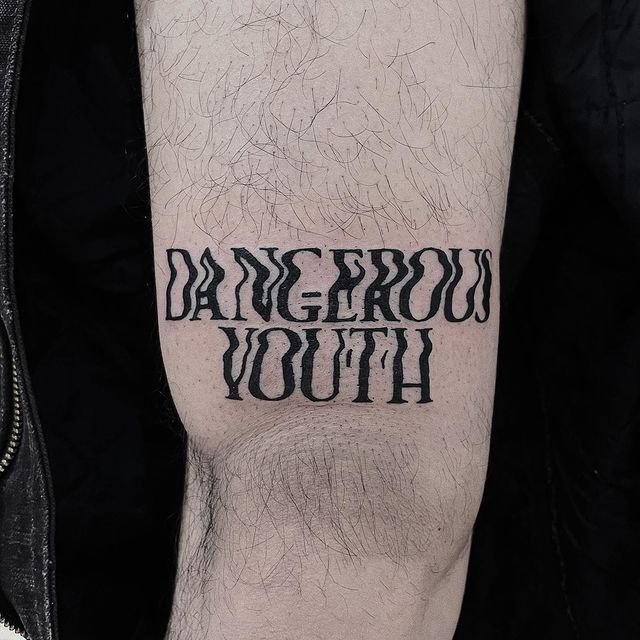
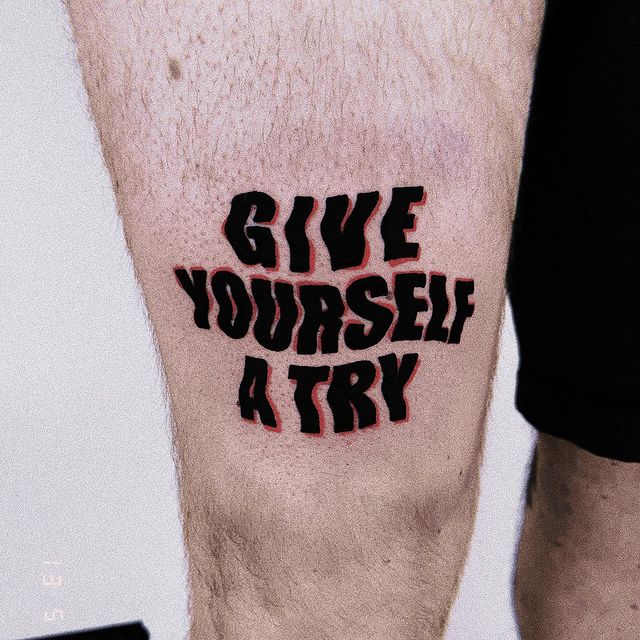
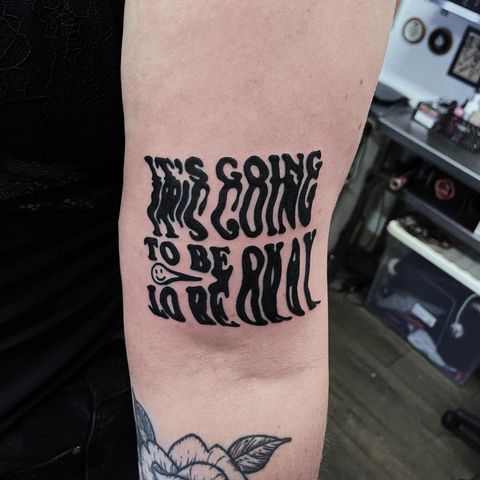
City: Leeds, United Kingdom
Instagram: @tattoovasquez
Minimalism
Less is more
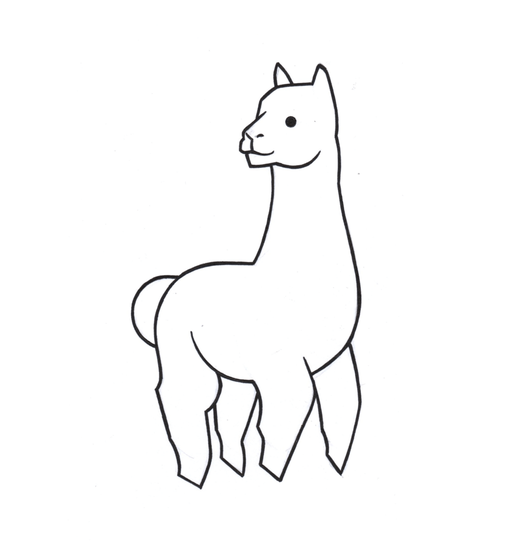
About
Out with the excesses. Generally single pieces, these tattoos are deconstructed into the most basic components.
Many minimalist tattoos hide in unusual places in the human body, such as the inner lip, between fingers and inside of the ears.
Origin
This tattoo style derives from the minimalism art movement and follows the concept focusing on what is essential and eliminating everything that is not. Its appeal came from the desire to engrave faster, smaller and cheaper tattoos, as per opposition to other styles like the Japanese, that can be very expensive and take a long time to be completed.
Design
More often than not, only black ink will be present and fine lines will make up most of the image. Empty space is used to fill the main theme which allows details and secondary thematics to be included in the whole, without having them specifically drawn.
For a work to be minimalist, it’s not the size of the tattoo that matters but following the philosophy of simplification.
Click here to see some artists who dominate this style.
Artists who excel in this style
VADERS.DYE
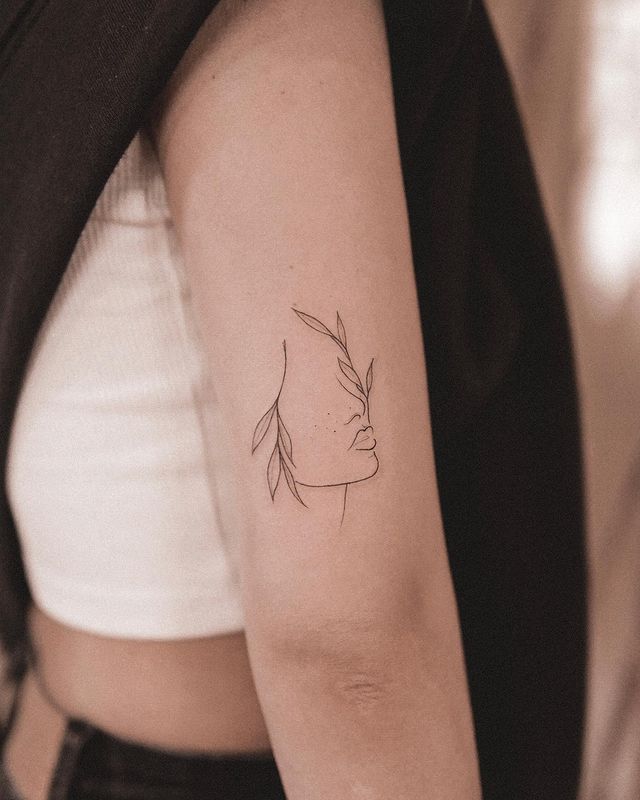
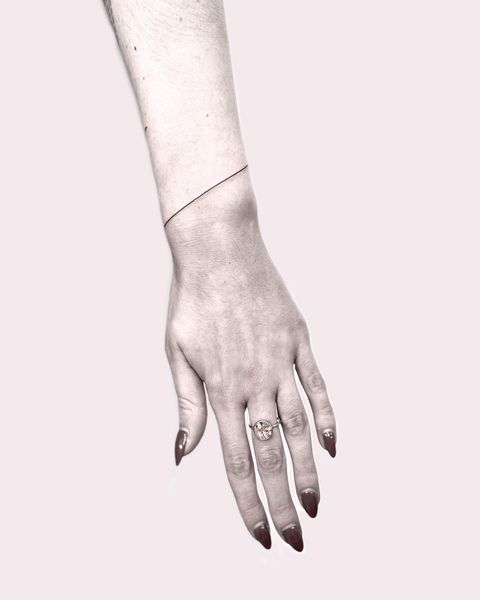
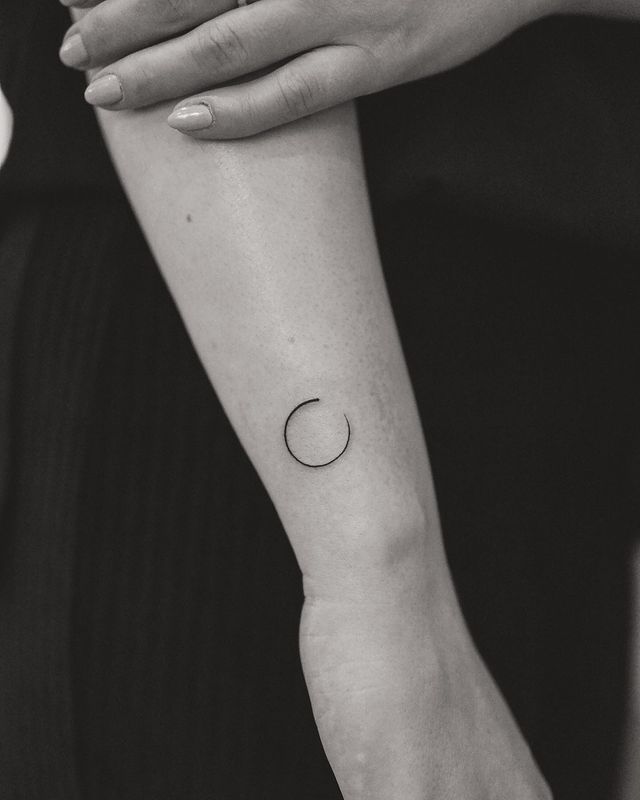
City: Berlin, Germany
Instagram: @vadersdye
Vitkovskaya
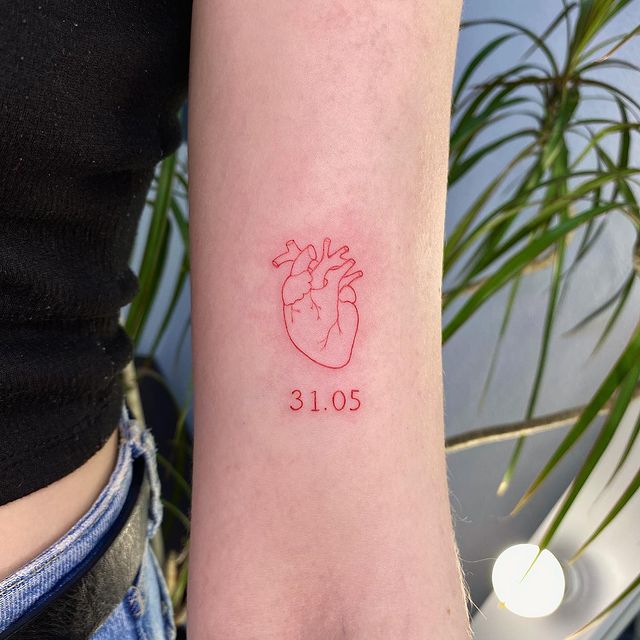
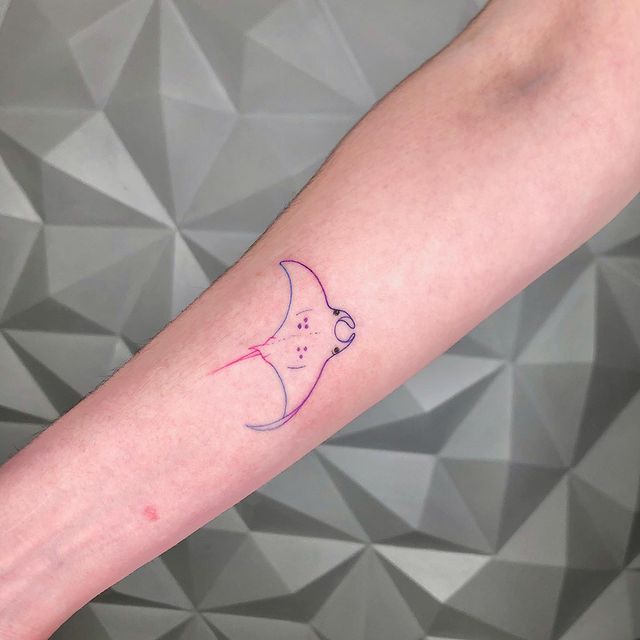
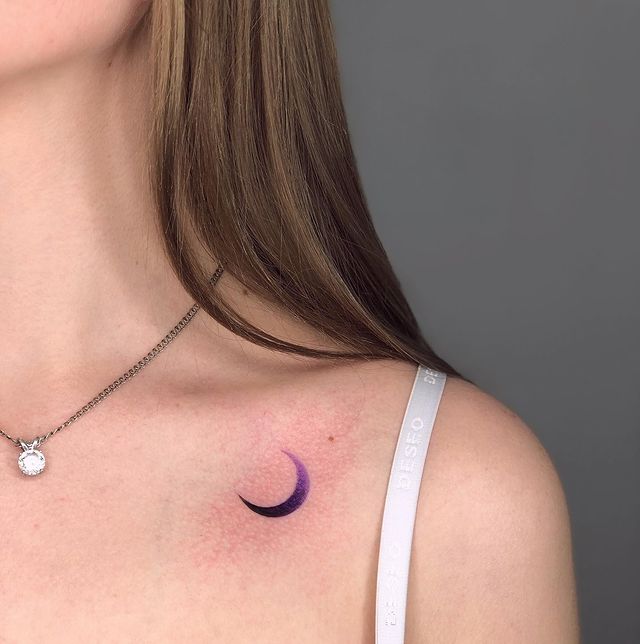
City: Khabarovsk, Russia
Instagram: @vitkovskaya_tattoo
Joanna Roman

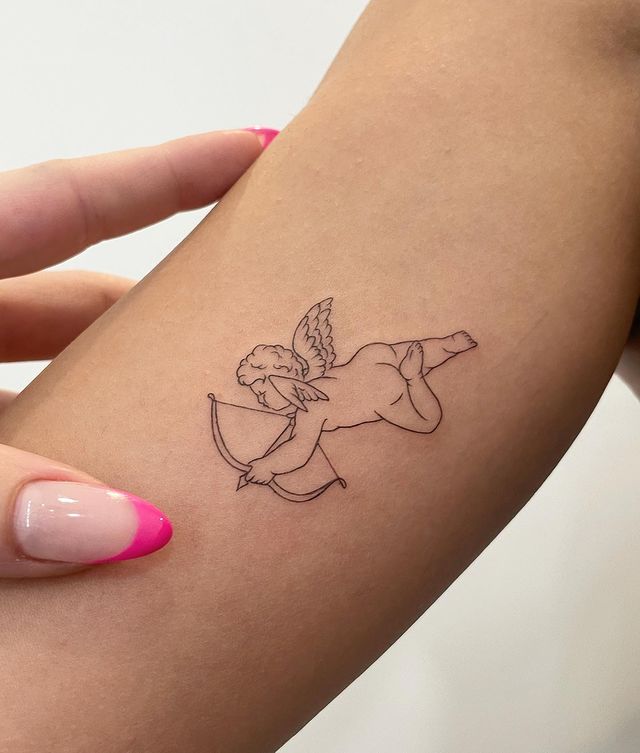

City: Toronto, Canada
Instagram: @joannamroman
Realism
You could confuse it with a photo
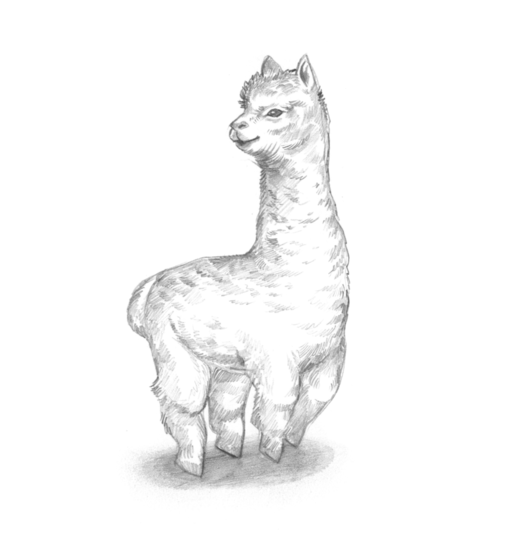
About
Engraving the world on the skin, as accurately as possible. That’s the point of realistic tattoos. The problem is that they require a great deal of attention to detail, time and most importantly, technique.
An artist working this style must be able to conjugate ink color with the client’s skin color, understand needle pressure and dominate shadow work, among many other skills.
Funny enough, these tattoos are often described as being of “unreal quality”.
Origin
Realism as an art form started in Europe during the last decades of the 19th century when artists began to move away from Romanticism. Visual arts were strongly impacted as artists were now gaining the capacity to reproduce scenarios and objects with photographic precision and preferred to focus on the accurate depiction of ordinary life instead of the exotic and religious scenery.
The tattoo’s part in Realism came almost a century later in the USA when access to better machines, techniques, and skills became widespread and artists were looking for new ways to express their talent.
Design
Portraits and depictions of animals are the most common themes for this style, with the first being one of the most challenging types of tattoos since proportions, asymmetry and reproduction of light sources are extremely important for an image to look realistic.
To work this style artists have to use fine lines, contrast, shading and doing 3D is a must. Often, needles of different sizes will be used interchangeably and if the tattoo is colored, a wide range of tones are used (going all the way to white ink). If it’s black and grey, the artists will have to either use grey wash or have a color palette with grayscale to give life to perspectives and contrast.
Click here to see some artists who dominate this style.
Artists who excel in this style
Cristian Nascimento
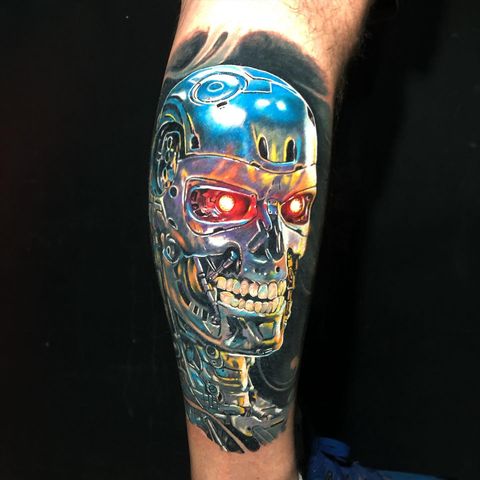
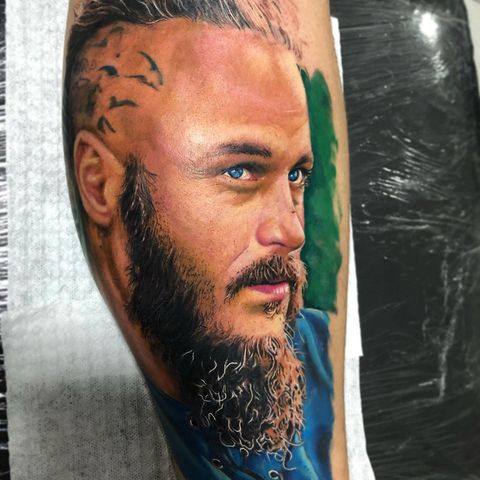
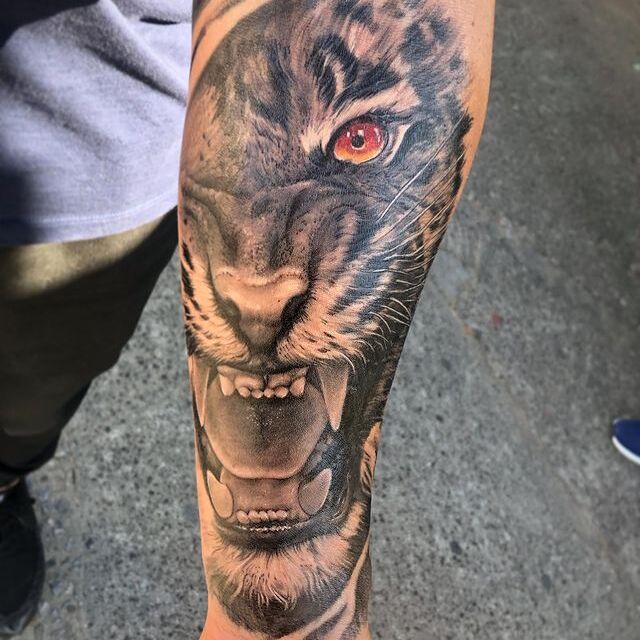
City: Juiz De Fora, Brazil
Instagram: @cristian_tattooist
Gabriel Godinez



City: San Diego, United States of America
Instagram: @gallosantiago
Oleg Shepelenko
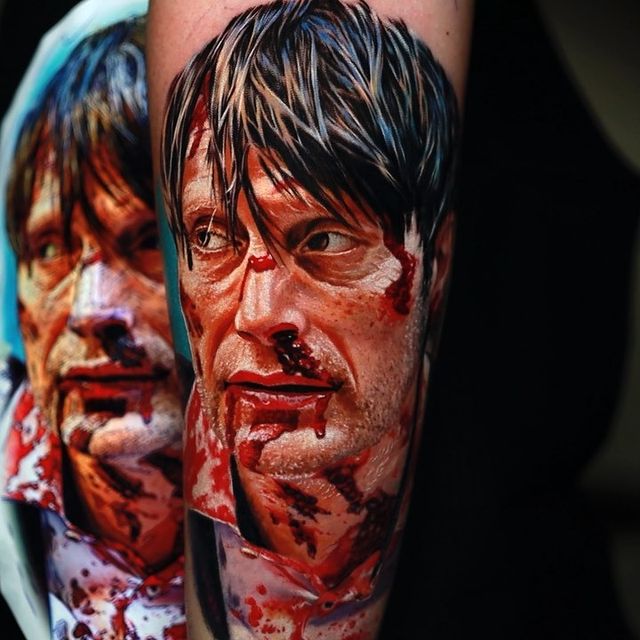


City: Rostov-on-Don, Russia
Instagram: @olegtattoo
Psychedelic
Just got my trip tattooed, bro
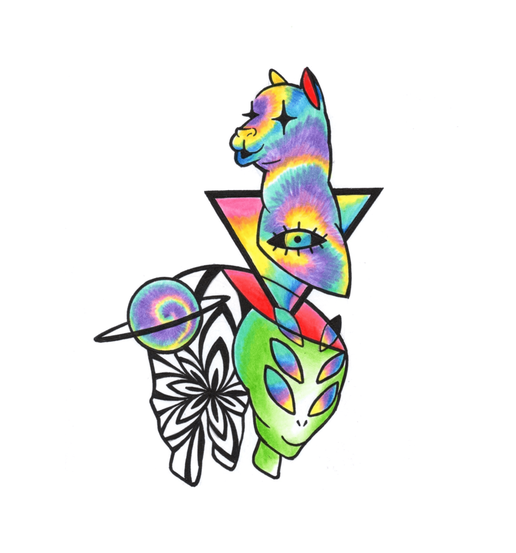
About
This style can feature anything from fractals to mushrooms, to aliens, to third eyes, and seeks to capture a hallucinatory state of mind where anything can be seen and felt.
The patterns and figures are strongly associated with the LSD and DMT trip imaginarium (as well as other hallucinogenic drugs) and can be a product of either the artist’s or the client’s imagination.
Design
Colorful. Fantastic. Trippy. Almost like you’re having a trip yourself. This style is characterized by a wide palette of strong colors that spread and mix throughout the tattoo. Design rules don’t have to be followed and optical Illusion are very welcomed.
Click here to see some artists who dominate this style.
Artists who excel in this style
Ilona Kochetkova



City: Minsk, Belarus
Instagram: @aknowi
David Peyote

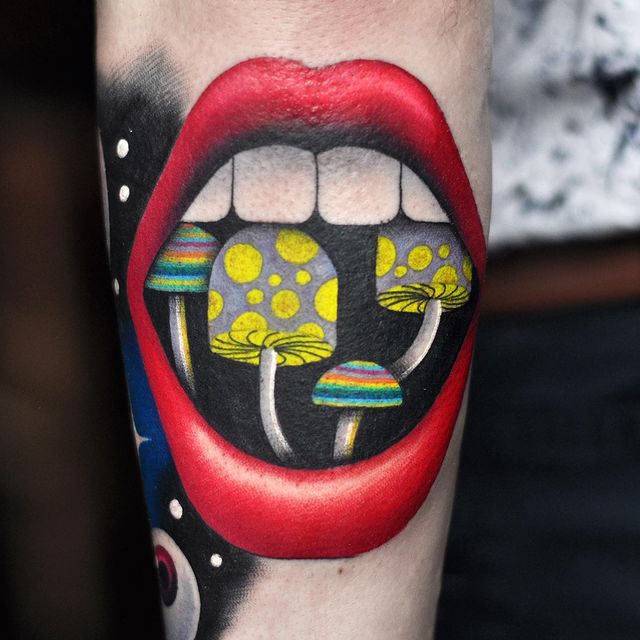

City: Montreal, Canada
Instagram: @thedavidcote
Katie Shocrylas



City: Vancouver, Canada
Instagram: @kshocs
Surrealism
If Dali was a tattoo artist
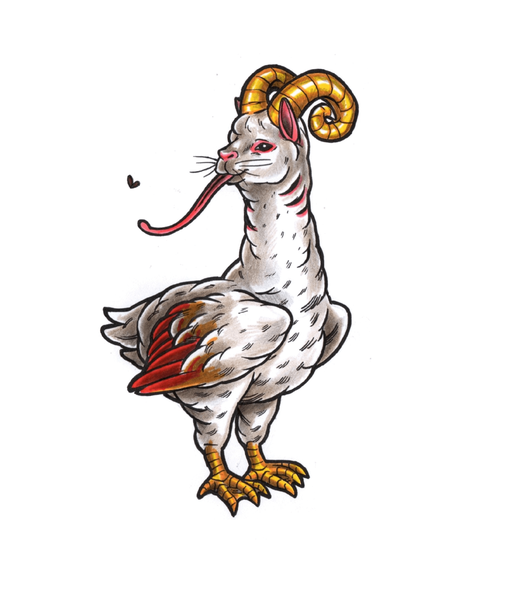
About
Surrealism can be described as a dream-like oddity. Or logical incoherence. Natural elements distorted into something that could be, but isn’t.
As a tattoo style, it’s often used to represent dreams, disorganized ideas and fantastic ways of depicting the world.
It challenges logic and order and prioritizes creativity and awe. These tattoos generally express individuality and critical thinking.
Origin
This style became popular in the end of the 20th century, when tattoo artists started creating their own on-skin surrealist images. This appear both as mimic paintings from famous authors (like Salvador Dali, Frida Kahlo or Max Ernst) and attempt to bring to life a client fantasy by mixing several elements in an unusual/incoherent manner.
Design
These tattoos generally include some of the following elements: abstract landscapes, objects and elements of nature that do not exist (or do not function as depicted) and deformations and mixes between several species of animals (including humans or not).
Surrealist tattoos should be aesthetically coherent and never completely chaotic or devoid of meaning. They balance elements of realism with elements of fantasy in order to give life to an unreal but understandable world, which can sometimes be used to depict a representation of the unconscious mind.
Click here to see some artists who dominate this style.
Artists who excel in this style
Dimitris Panagopoulos



City: Athens, Greece
Instagram: @dimitris_panagopoulos_ntc
davepaulo_tattooartist



City: Mira, Portugal
Instagram: @davepaulo_tattooartist
Paul Marino



City: New Jersey, United States of America
Instagram: @paulmarinotattoo
Disclaimers
Styles are not fixed entities. They are fluid concepts that help us organize visual cues into categories. They change according to our needs and they change across time. What was once Modern Style is today’s Old School.
And styles have genres. Not all lettering is created equal and is realistic for me might be sketch for someone more experienced.
And they are not independent islands either. Tattoos often have traits from several different styles. You can draw an Anime style character using Watercolor style. Or get a Surrealism tattoo only in Dotwork.
Minor Styles
And, of course, there’s lots of other styles we didn’t cover. Here are some we’re considering digging into:
- Portrait
- Cover up
- Chicano
- Pinup
- Comics
- Bio mechanic
- Art fusion
- Ornamental
- Floral
- Trash Polka
- Trashy
- Mandala
- Black & Grey
- Sailor
- Prison
- Mafia
- 3D
- Religious
- Horror
Which ones would you like to see explored? Or even drawn as an Alpaca? Let us know your favorites and we’ll start working on the next ones 🙂
And if you enjoy the images, show Patrick some love on instagram – he was the genius behind the drawings. Thank you Patrick!
Got a tattoo in your head you’d like to pass to your skin?
At TattoosWizard.com we make it easy for you to filter by city and style so you can find the perfect artist for your next tat!
Anna Yang
Anna is the CEO of TattoosWizard and a respected figure in the industry. She has written some of the most valuable online guides about the tattoo world.

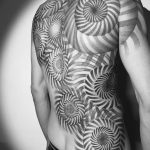
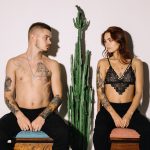
I never realized there were so many different tattoo styles. Very interesting read!
[…] you. Most boys love to have arm tattoos that are inspired by celebrities. If you want to know which tattoo style fits you best, make sure to check out this comprehensive […]
[…] mystery takes place, which is often achieved with the help of another language. There is also a strong visual aspect where even a few characters can tell way more than a full sentence. It is one of the reasons why […]
[…] styles explained page featuring works from 3 different artists. […]